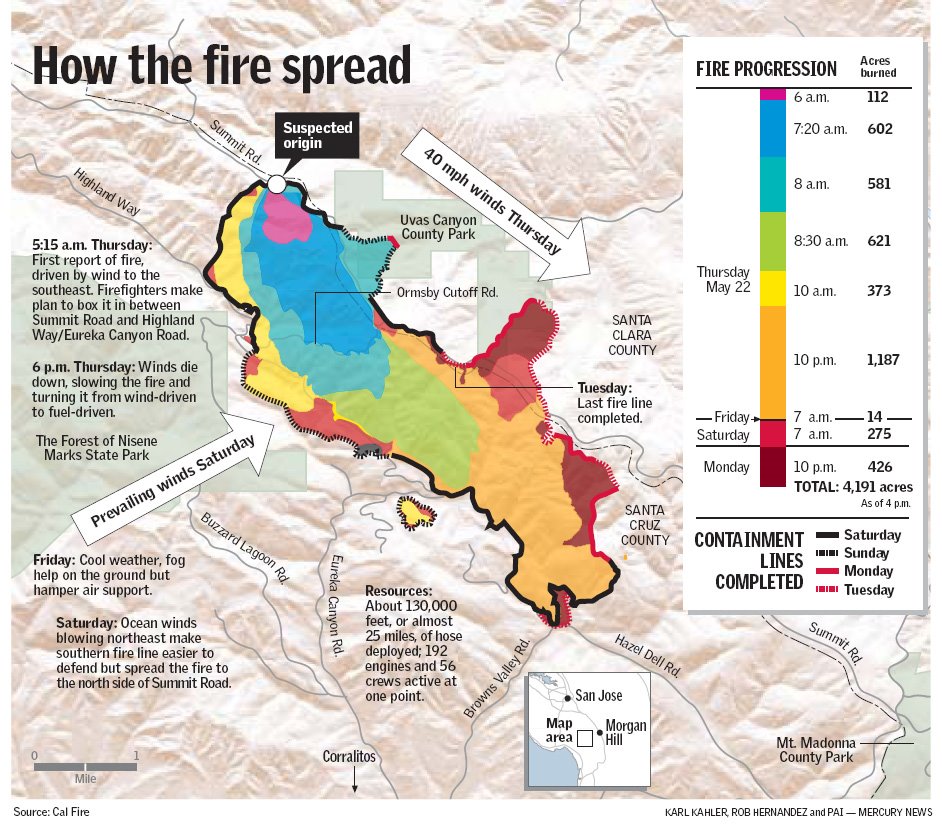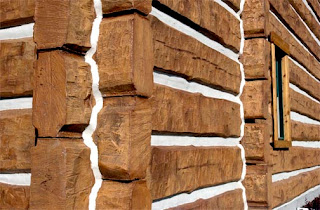It seems like there are more and more chronic diseases that firefighters are predisposed to get. Now you can add bladder cancer to the list.
ScienceDaily (May 15, 2008) — A new study presented at the Annual Scientific Meeting of the American Urological Association (AUA) suggests that firefighters may be at an increased risk of developing transitional cell carcinoma (TCC, or bladder cancer) and should be considered for routine annual screening. Currently, no guidelines exist for regular TCC screening.
Researchers are from the University of California, San Francisco.
It is well known that prolonged exposure to certain environmental pollutants and chemicals puts humans at a major risk for developing bladder cancer. As the body absorbs carcinogenic chemicals, such as cigarette smoke, the chemicals are transferred to the blood, filtered out by the kidneys and expelled from the body through the urine. Greater concentrations of chemicals in the urine can damage the endothelial lining of the bladder and increase a patient’s odds of developing transitional cell carcinoma (TCC). Firefighters, who are regularly exposed to smoke and chemical fumes, may be at a higher risk for developing the disease than other groups.
Researchers explored this possibility in a screening study of 1,286 active and retired San Francisco firefighters. From August 2006 to March 2007, the subjects – mean age 45 (SD+9.7) – participated in voluntary urine dipstick testing and point-of-care NMP-22 testing. 93 Patients tested positive for hematuria and six tested positive for NMP-22. These 99 patients were referred for upper tract imaging, cystoscopy and urine cytology. Of the group, a single firefighter tested positive for both NMP-22 and hematuria, with two patients – both retired firefighters – ultimately diagnosed with TCC.
The age and sex-adjusted incidence for TCC is 36 per 100,000. These findings represent a higher incidence, suggesting that retired firefighters may be a high-risk group.
In Canada, the British Columbia government recognizes as an occupational hazard for firefighters the following diseases:
- testicular cancer
- lung cancer in non-smokers
- brain cancer
- bladder cancer
- kidney cancer
- ureter cancer
- colorectal cancer
- non-Hodgkin’s lymphoma
- leukemia
This means that full-time, volunteer, part-time, and paid on-call firefighters suffering from the diseases will qualify for worker’s compensation and benefits, without having to prove individually that the diseases are linked to their jobs.
Rather sobering, don’t you think?



